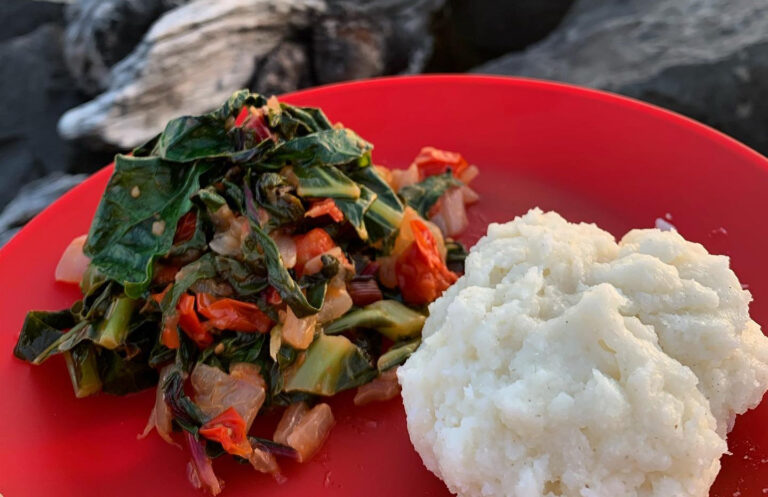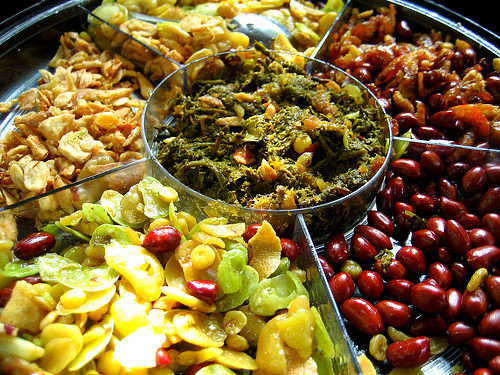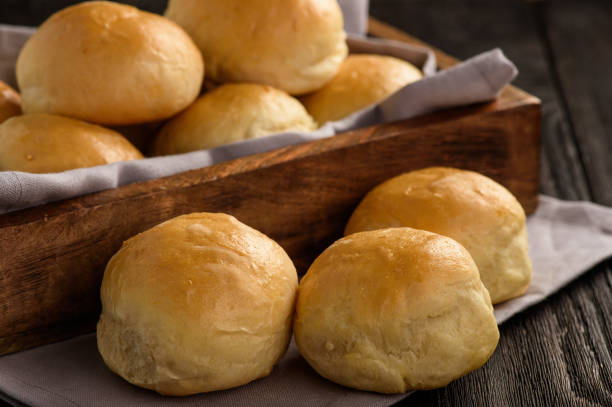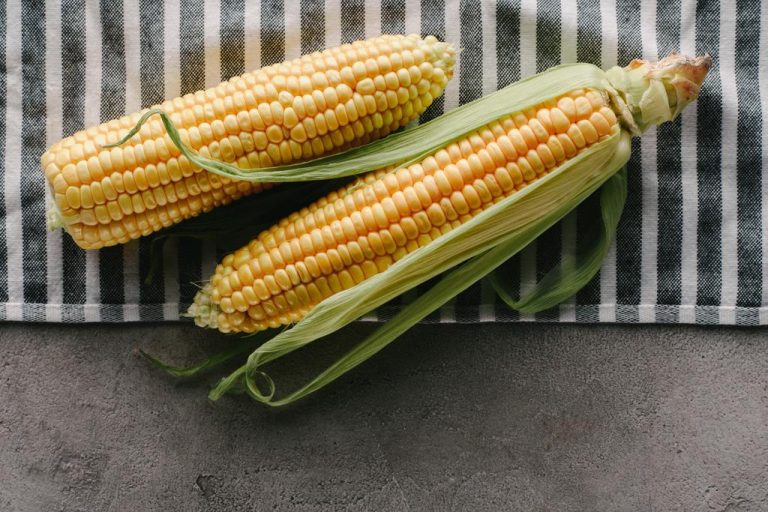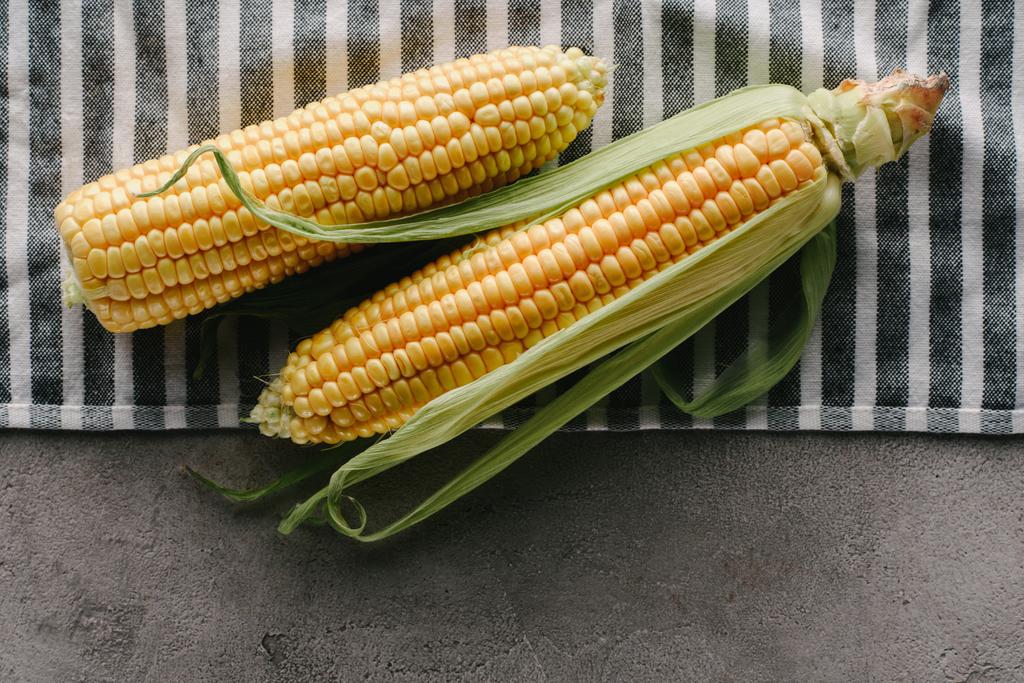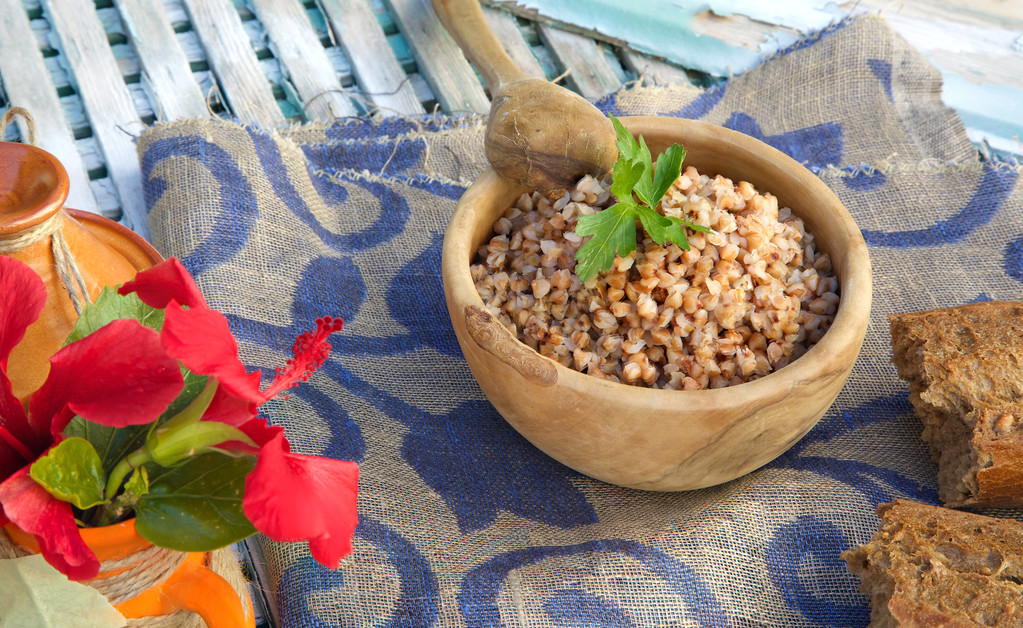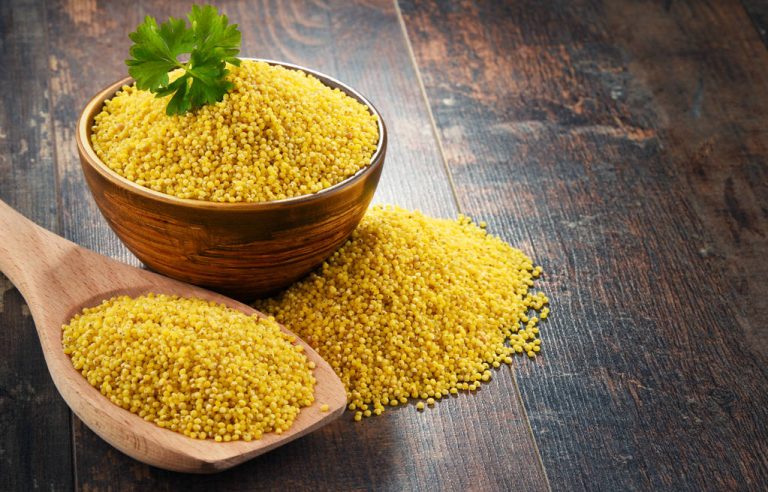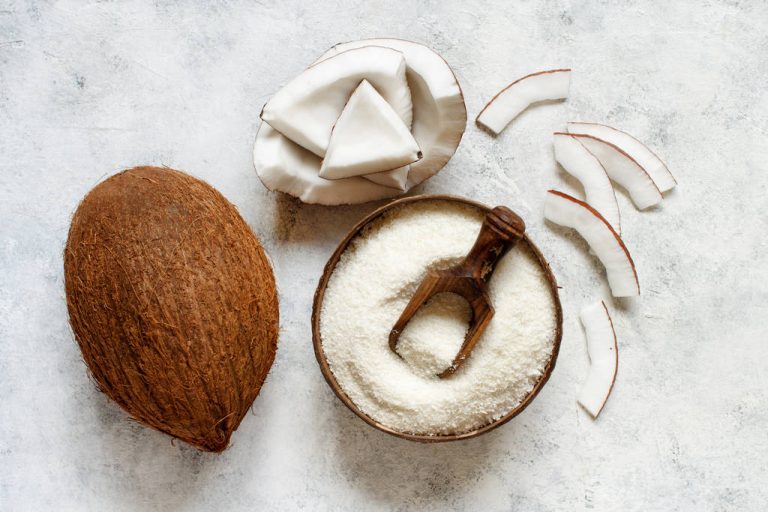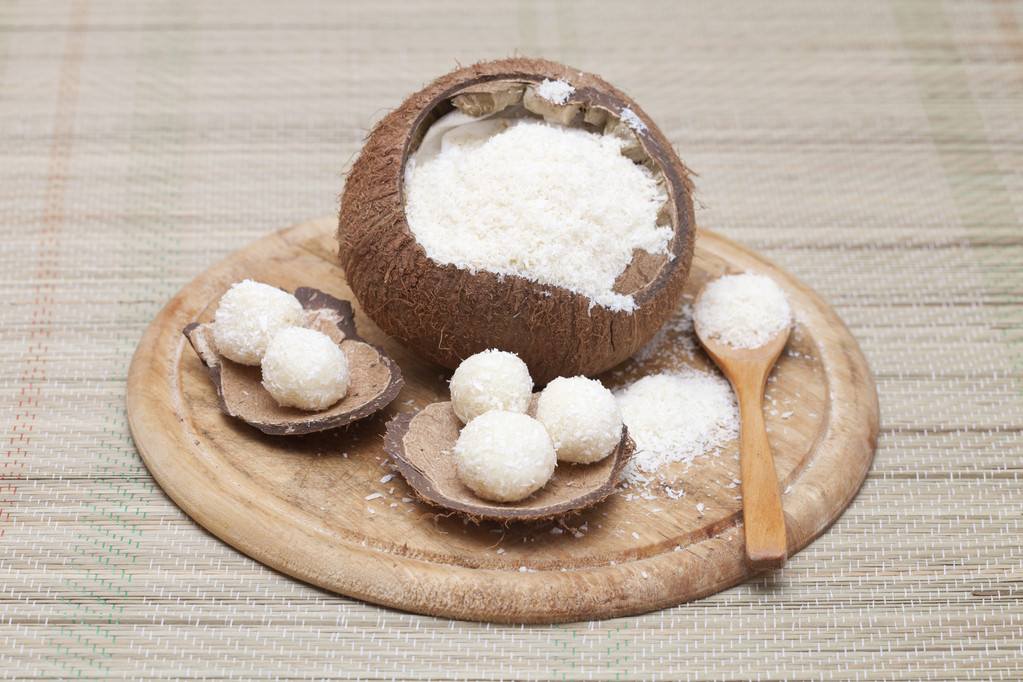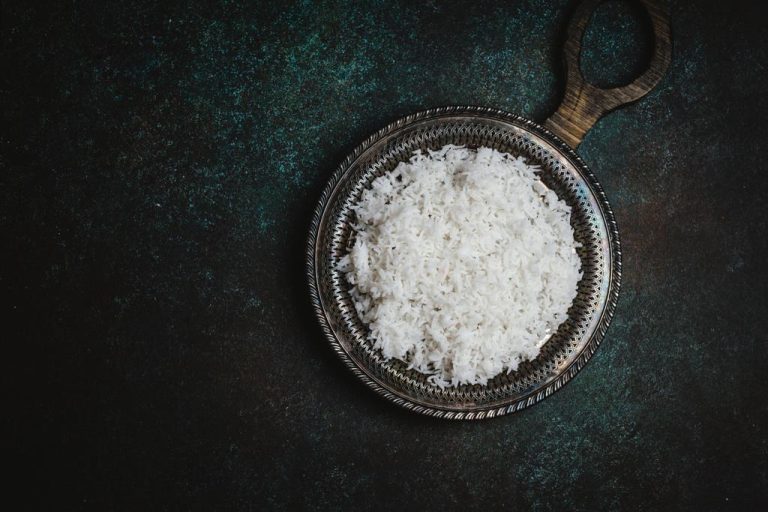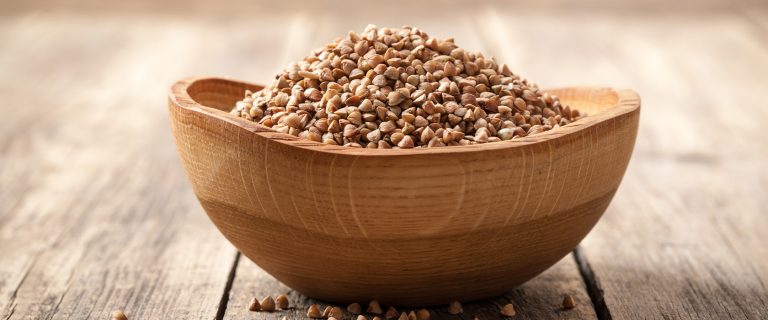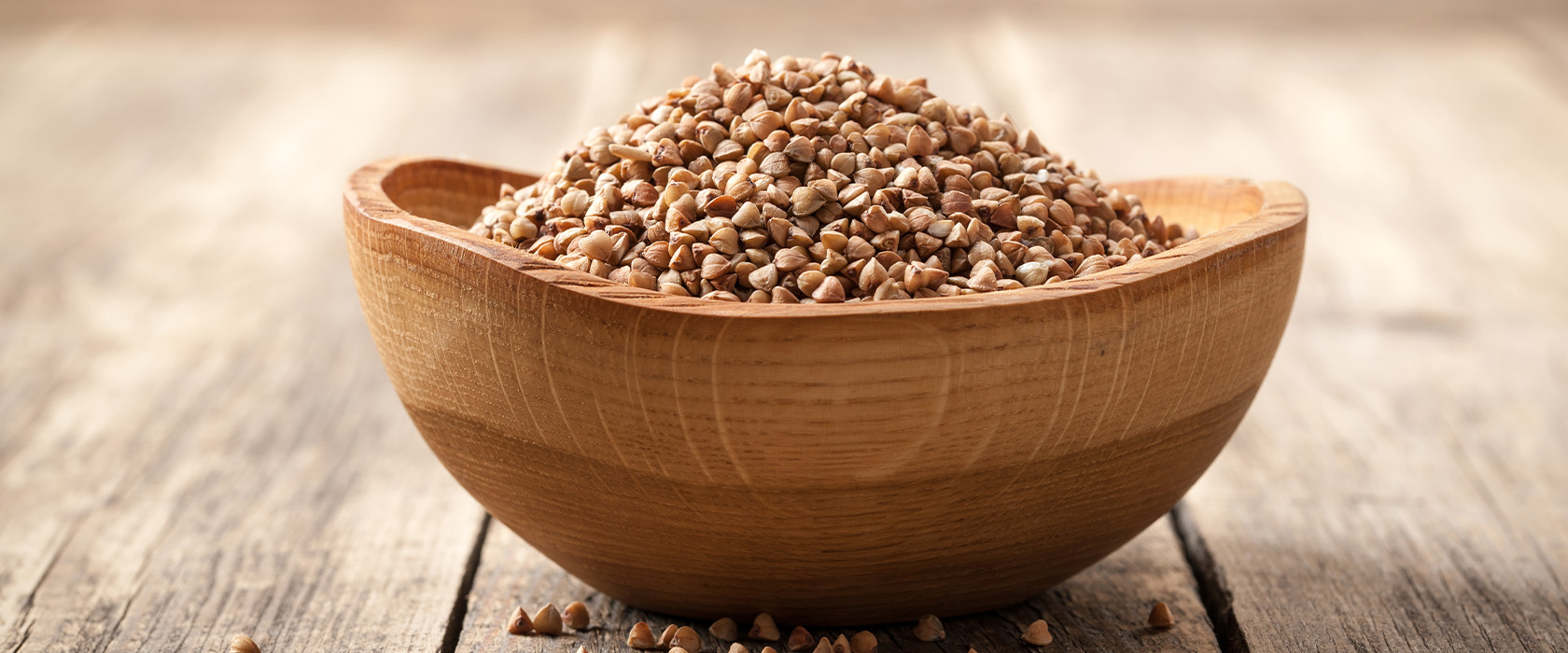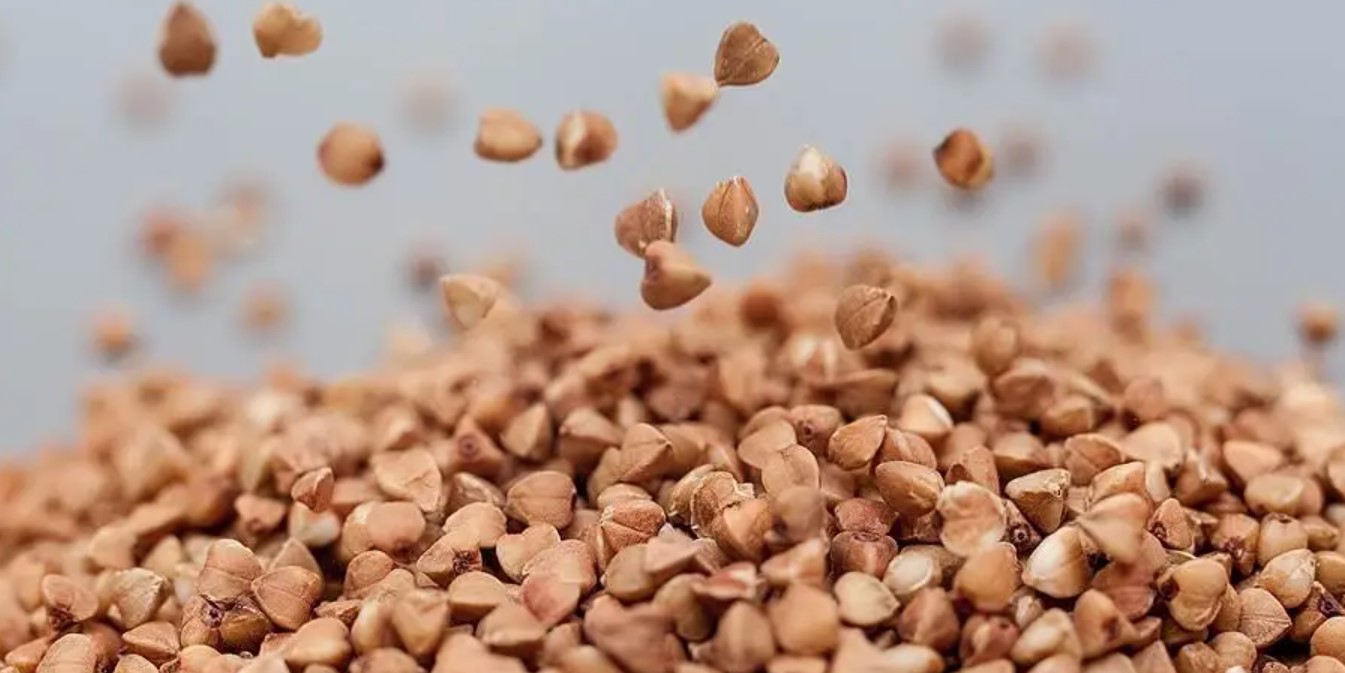Introduction: Understanding Gluten-Free Diet
Gluten is a protein found in wheat, barley and rye. People with celiac disease, gluten intolerance or sensitivity are unable to digest gluten, which can lead to inflammation and damage to their intestines. As a result, they have to avoid eating gluten-containing foods. The gluten-free diet has gained popularity in recent years, with more people opting for gluten-free options due to health concerns or personal preferences.
Overview of Zambian Cuisine
Zambian cuisine is diverse, with regional variations and influences from neighboring countries. The staple foods are maize, cassava, beans, sweet potatoes, and vegetables. Meat, fish and poultry are also consumed, but in smaller quantities. Traditional Zambian dishes are usually simple, hearty and flavorful, often cooked over an open fire. Spices and herbs are used sparingly, with salt as the main seasoning. Zambian cuisine may not be as well-known as other African cuisines, but it has its own unique identity and charm.
Traditional Zambian Dishes with Gluten
Unfortunately, many traditional Zambian dishes contain gluten, either in the form of wheat flour or maize meal. Examples include nshima, a thick porridge made from maize meal that is a staple food; ifisashi, a vegetable stew thickened with groundnuts and maize flour; and kapenta, dried fish that is coated in flour before frying. These dishes are not suitable for people on a gluten-free diet, as they can cause digestive problems and other health issues.
Gluten-Free Alternatives in Zambian Cuisine
However, there are gluten-free alternatives that can be used in Zambian cuisine. For instance, cassava flour, also known as tapioca flour, can be used as a substitute for wheat flour in baking or thickening sauces. Millet, sorghum and rice are gluten-free grains that can be used to make porridge or bread. Groundnuts, also known as peanuts, can be used instead of wheat flour to thicken sauces, as they are high in protein and fat. Vegetables such as pumpkin leaves, okra and amaranth can also be used to add texture and flavor to dishes.
Popular Gluten-Free Zambian Dishes
Some of the popular gluten-free dishes in Zambian cuisine are munkoyo, a fermented drink made from cassava or millet; chikanda, a snack made from groundnuts and spices; and chikwanga, a steamed cake made from cassava flour and coconut milk. These dishes are not only delicious, but also nutritious and suitable for people on a gluten-free diet.
Conclusion: Embracing Gluten-Free Options in Zambian Cuisine
While traditional Zambian cuisine may not be entirely gluten-free, there are plenty of options available for people who need to avoid gluten. By using gluten-free alternatives and experimenting with new ingredients, Zambian cuisine can become more inclusive and diverse. It is important to raise awareness of gluten-free diet and to promote healthy eating habits that cater to everyone’s needs. With the right knowledge and creativity, gluten-free options can be embraced and celebrated in Zambian cuisine.

